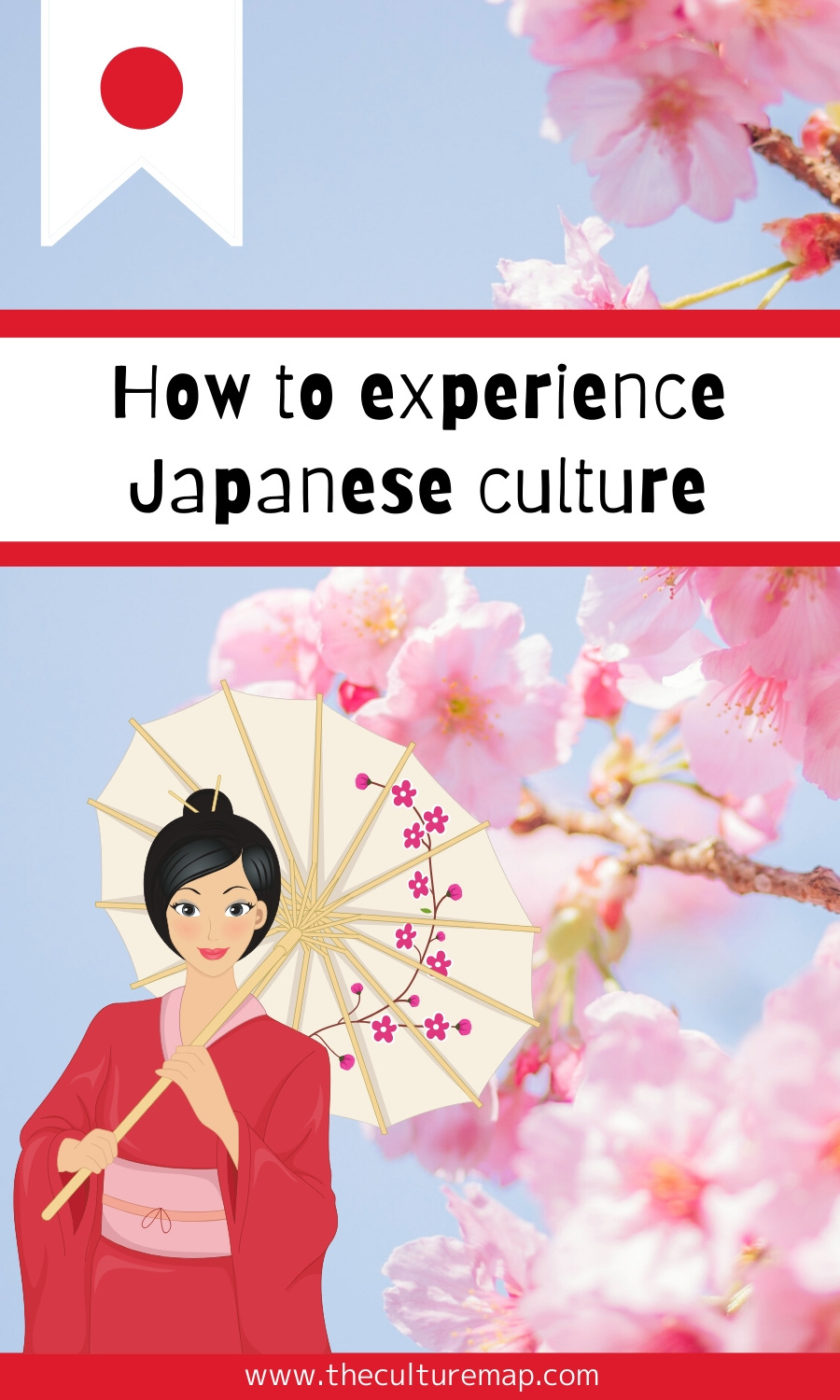
Author
Hannah Cook has been living and working in Osaka, Japan for the last 2 years. She enjoys seeing and trying new things and has been doing her best to experience everything Japan has to offer.
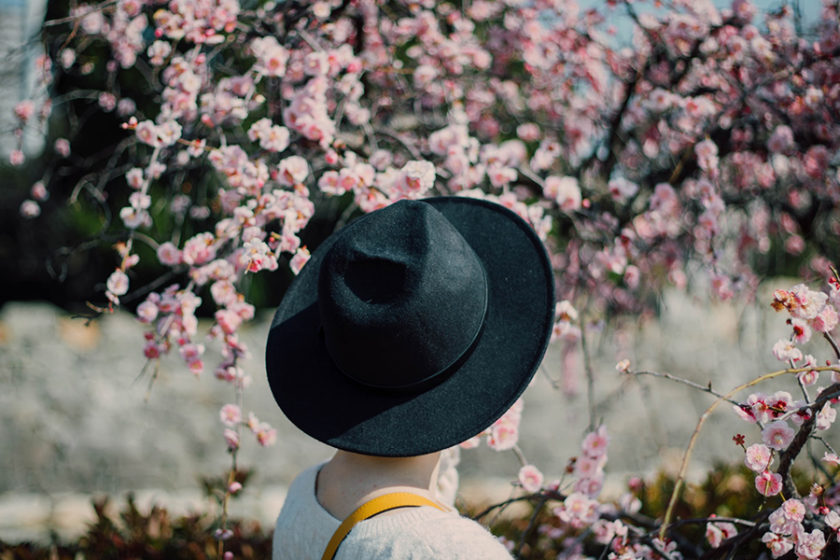
Planning a trip to Japan can be an extremely detailed process, and often includes more than the simple ‘places to go’ list. As a country of rich and varied culture, experiences make up a huge part of visiting Japan. This can include anything from traditional Japanese experiences through to more modern but still culturally significant experiences.
1. Onsen
One of the most widely-recognized uniquely Japanese experiences is onsen. These are naturally-occurring hot springs that originate from volcanic tissue beneath the ground. While the physical hot springs are not unique to Japan, the culture that has been built around them is. In Japan, onsen are a form of public bathhouse. However, they involve much more than simply cleansing the body. In fact, the act of cleaning oneself takes place before entering the bath. It is a common rule to wash at the nearby shower first to avoid dirtying the pure water. Traditionally, the minerals of the hot spring water were believed to be beneficial to health. Today, it is largely a form of relaxation and leisure. Many Japanese people enjoy going to the onsen to relax on weekends or holidays. Onsen is regularly recommended as a ‘must-do’. It is a staple of Japanese life, a tradition that has continued into the modern world and a universally enjoyable experience.
2. Hanami
Hanami, literally translated as ‘flower-watching’, is the tradition of cherry-blossom viewing picnics. For a few weeks during Spring, cherry blossoms burst into bloom and parks are covered in pink and white flowers. This is enjoyed by all and one of the most common ways to experience it is through hanami. This usually involves a group of family, friends or co-workers having a picnic to celebrate the coming of Spring and the beautiful surroundings. Hanami is one of the key social events of the Japanese year. Viewing the cherry blossoms is a beautiful experience in itself; add eating, drinking and socializing to the experience and it is truly wonderful.
3. Momijigari
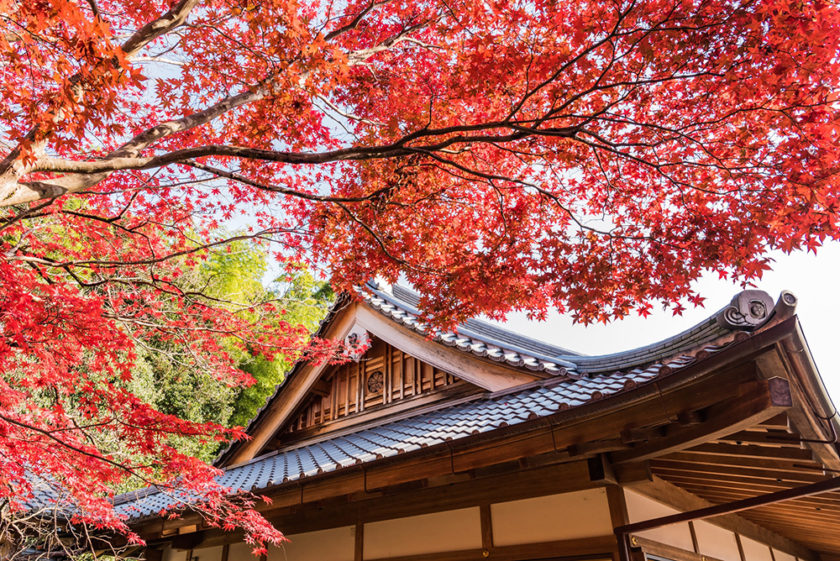
On the other end of the spectrum is momijigari. Momiji are ‘red leaves’ or maple trees and momijigari is the practice of visiting scenic areas in Autumn to view the changing maple leaves. As a contrast to the light pink and white of spring cherry blossoms, the leaves turn a dramatic, bright red.
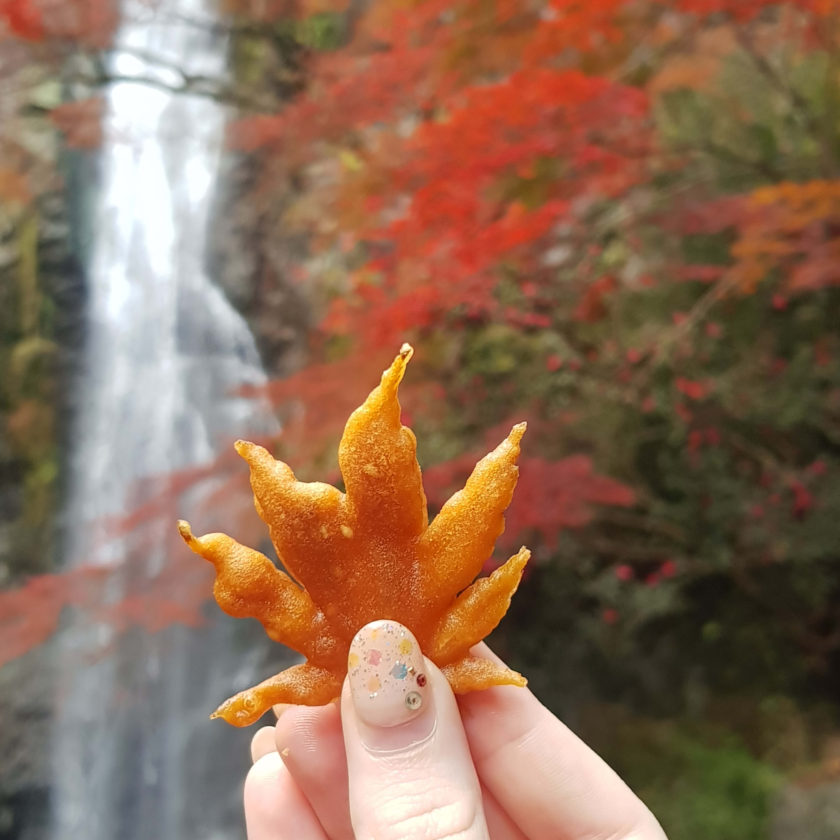
There are a number of ways to experience momiigari. It is common to either visit temples, shrines and other culturally significant sites or to go to mountains or other hiking sites to fully experience nature. A number of these places will have food on-site as well, often including momiji tempura, fried maple leaves. While an odd concept at first, the maple flavour seeps through the tempura batter, making it a delicious warm snack.
4. Matsuri
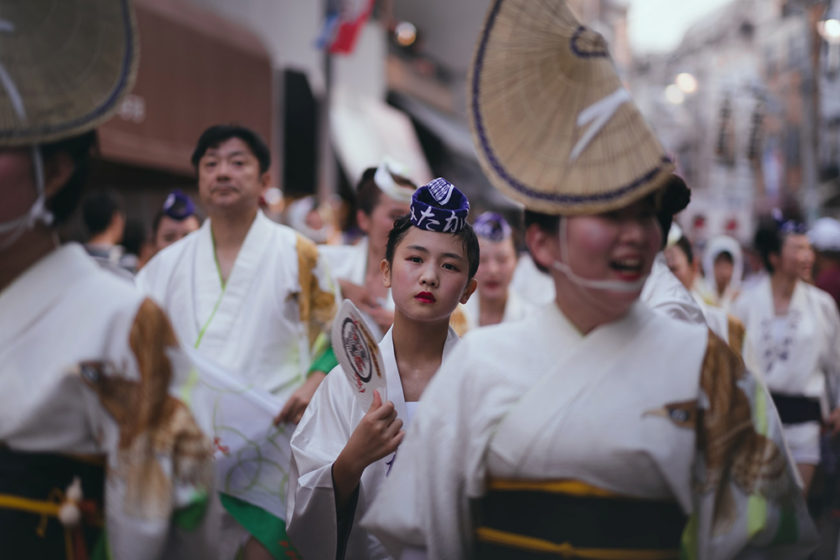
Matsuri, or festivals, are held throughout the year and vary widely throughout the country. There are festivals to celebrate a range of culturally significant dates, events and beliefs. Summer is commonly known as the ‘festival season’, due to a number of festivals falling during the June – August period. The highlight of a festival can be anything from fireworks displays to a traditional parade to dance and other entertainment. Most festivals are accompanied by stalls selling various foods, including karaage (fried chicken), cotton candy, and kakigori (shaved ice). There are also vendors with games or competitions, mostly aimed at children. A common one is ‘fishing’ for goldfish, with winners being allowed to take their goldfish home as a pet. The combination of loud music, summer weather and good food make for an exciting atmosphere.
5. New Year
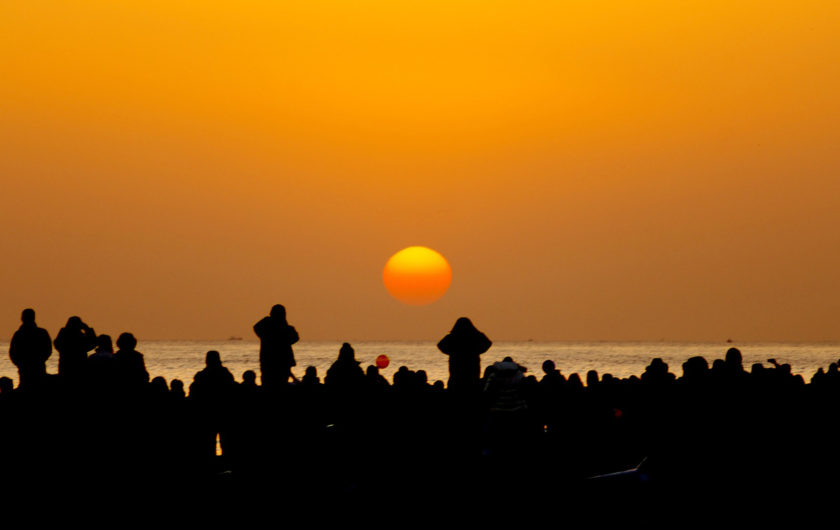
Seeing in the new year in Japan is very different to celebrating the new year in most other countries. Parties, champagne and counting down to midnight are not key components of a Japanese New Years Eve. Most people will take part in one of two activities (or sometimes both). These are hatsumode (first shrine visit) and hatsuhinode (first sunrise). Hatsumode can take place anytime within the first few days of the new year, but is commonly undertaken on New Years Eve. It is one of the biggest nights of the year for shrines. There are a number of food stalls, similar to the matsuri and a similar celebratory atmosphere. As it is a shrine, most people will get a fortune to foretell the luck of the next year and often purchase a new omamori (good luck charm) to look over them for the coming year. Hatsuhinode is most popularly done at beaches, mountains or other scenic viewpoints. People will start arriving shortly before sunrise and from this point on, the main activity is to just watch the sun rise. It is simple, but leaves the viewer with a sense of peace, tranquility and hope.
6. Fish Markets
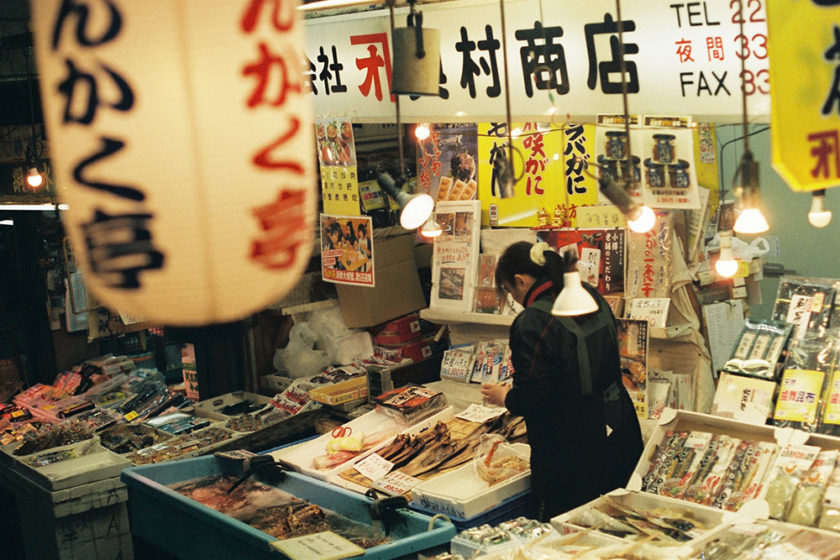
Japan is known for sushi, and there is no place with fresher sushi than the fish markets. There are a number of fresh fish markets throughout Japan, most notably Tsukiji Market in Tokyo. The fish goes directly from the sea to the fish market, in some cases sold still alive, and the market is surrounded by sushi and other seafood restaurants selling the freshest seafood possible. A lot of people will take a tour of the restaurants, trying specialties at each one in order to have the best, most varied experience. Going to the fish market is a common must-do for cooking enthusiasts and food-lovers.
7. Themed Cafes

Themed cafes, while being a relatively new concept, have swept through Japan in recent years. The idea is immensely popular and there are themed cafes to suit all interests. The most common are animal cafes, especially cats (see Shing’s trip to a cat cafe) and hedgehogs. Some more unconventional animal cafes include snakes, owls and minipigs. However, animal cafes are not the only themed cafes around. There are also a number of character cafes. Hello Kitty, Pokemon and other popular pop culture characters have their own cafes with themed décor, food items, and merchandise.
Final Thoughts
A trip to Japan can be a huge undertaking, involving a lot of planning and research. As a culturally rich and varied country, there are many new places to visit, foods to eat and things to do. One of the key parts of any Japanese trip is the experiences. These can range from traditional onsen to modern themed cafes. By experiencing these, it is possible to have a fuller grasp on Japanese culture and a more enriching and engaging trip.
